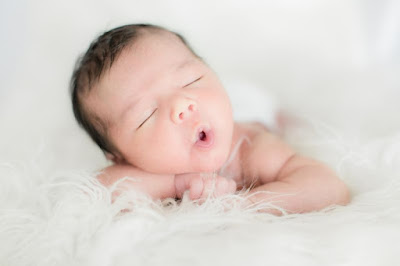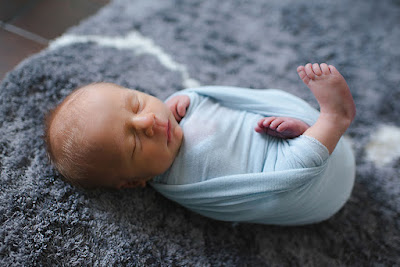Innovations in 35mm SLR Camera Design: 1960 to 1980
In 1960, the Konica F was the first SLR with a shutter speed of 1/2000th sec. This had previously been unachievable with horizontal travelling cloth focal plane shutters, which were unable to withstand the shock of such acceleration, along with other timing and image distortion related technical troubles. The Konica F pioneered the use of a vertical travelling metal blade shutter. This was not only more robust, but moved along the shortest side of the film, making faster speeds possible.
In 1963, the Topcon RE Super was the first SLR with through-the-lens (TTL) light metering using dedicated open aperture auto-diaphragm lenses. Cadmium sulphide (CdS) cells were mounted behind non-silvered slits in the reflex mirror, and coupled to a viewfinder centre-the-needle type exposure control. Other manufacturers quickly adopted TTL light measurement, but open aperture metering took longer to become establish. Rivals did not offer this feature until 1966, when Minolta launched their SRT101, followed by Nikon's Nikkormat FTN in 1967. It wasn't until 1973 that Pentax caught-up with their open aperture metering Spotmatic F.
In 1964, the Russian Zenit 5 was the first SLR with a built-in electric motor wind, which provided automatic single-frame film advance. In the same year, Kodak's Retina Reflex IV was the first SLR to offer a hot shoe for direct flash mounting and synchronization (which was first seen in 1938 on a non-SLR camera).
In 1966, the Praktica Electronic was the first SLR with an electronically timed focal plane shutter in place of a mechanical control system.
In 1969, Yashica's TL Electro X was the first SLR with an all solid-state electronic light metering system. Prior to this, metering systems had been wholly or partly mechanical. Although still using a stop-down aperture metering, the light meter was linked via a circuit board to under and over exposure viewfinder lights, and correct metering was accomplished by a match-the-light system.
In 1970, the Minolta SRM was the first SLR with a built-in electric motor drive capable of continuous shooting.
In 1971, a new manufacturer entered the SLR market. Fujica introduced the ST701: the first SLR to use silicon photo-diode light meter sensors. Up until now CdS cells had been used, but they only responded to fairly bright light and suffered from a "memory" effect which could make them slow to react to light level changes. Silicon quickly became the standard light cell. Meanwhile Praktica's LLC became the first SLR with camera with electric lens mount contacts controlling the lens diaphragm stop-down electro-mechanically.
In 1972, Fujica launched their second camera; the Fujica ST801. This was the first SLR with viewfinder light emitting diodes (LEDs). It had a seven dot LED scale to indicate under, over and correct exposure - instead of a needle pointer. The design aim was the elimination of mechanical failure of meter components. Meanwhile, Olympus set a trend in miniaturisation with the Olympus OM-1: the first compact full-featured 35 mm SLR.
In 1974, Fujica were still pioneering, and developed the Fujica ST901, which was the first SLR with a "calculator-style" viewfinder LED digital display of meter selected shutter speeds.
In 1975, Olympus's OM-2 was the first SLR with TTL, off-the-film (OTF) flash auto-exposure. Rearward-facing silicon photo-diodes metered light reflecting off the film, and circuitry controlled any dedicated flashgun by detecting the point of sufficient exposure.
In 1976, it was Canon's turn to be in the spotlight, and they came up with the Canon AE-1: the first SLR with microprocessor electronics to control shutter-priority auto-exposure. This camera set the standard for all future camera design. Pentax responded with the ME: the first auto-exposure-only SLR. This featured an aperture-priority exposure system offering simple snapshot operation, and had absolutely no manually options.
In 1977, the Minolta XD7 was the first SLR with dual mode aperture-priority and shutter-priority auto-exposure. Previously one or the other had been available, but never both in one camera
In 1978, Canon's A-1 was the first SLR with an electronically programmed auto-exposure mode. The A-1 had a microprocessor programmed to automatically select a compromise exposure that balanced the need to freeze action and control the depth of field. A part of the art of photography was moved from the user to the camera.
In 1979, Konica, the company that kicked of the vicennial launched the Konica FS-1: the first SLR with built-in motorized film auto-loading (and auto-winding). In the same year, Pentax introduced the ME Super: the first SLR with electronic push button controls, which were used to select shutter speeds.
baby photoshoot | maternity photoshoot | baby photoshoot delhi | pregnancy photo shoot delhi |newborn photography in delhi |kids photography in delhi







Comments
Post a Comment